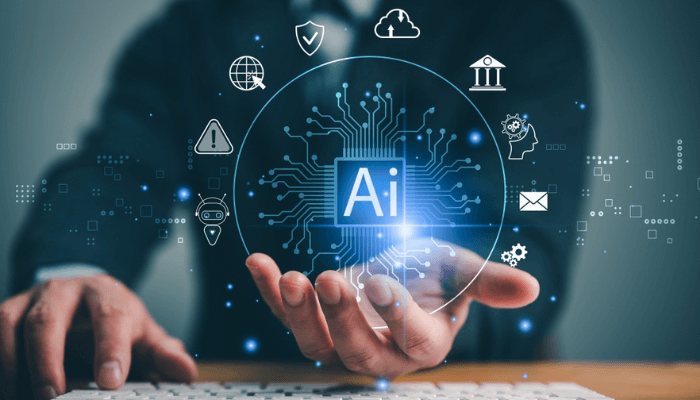AI-Powered Maintenance and Nigeria’s Generator Curse
 AI-Powered Maintenance and Nigeria’s Generator Curse
AI-Powered Maintenance and Nigeria’s Generator Curse
When Nigeria’s national grid collapsed twice in one week this July, millions of homes and businesses were plunged into darkness. In Lagos, Port Harcourt, and Kano, the familiar rumble of diesel generators filled the silence. For many Nigerians, that sound represents survival but also spiraling costs.
With fuel prices soaring after subsidy removal, running a generator has never been more expensive. Yet for most households and businesses, it remains the only reliable source of electricity. An estimated 22 million generators now power Nigeria, consuming nearly 40 percent of the country’s electricity and draining about $10 billion annually in fuel and maintenance. In Lagos State alone, studies suggest there are around 4.5 million fossil-fuel generators in constant use.
Behind this noisy lifeline lies a costly inefficiency. Frequent breakdowns, fuel wastage, and unexpected downtime quietly sap productivity. The solution may not lie in buying new machines but in making existing ones smarter. Artificial intelligence (AI) is emerging as a tool that could extend generator life, cut emissions, and lower costs through predictive maintenance.
How Predictive Maintenance Works
AI-powered predictive maintenance relies on affordable sensors and machine learning algorithms to detect problems before they become critical. Devices costing as little as ₦25,000 can track key parameters such as engine vibration, fuel flow, RPM, and exhaust emissions.
These sensors build a performance history and feed data into AI models. When readings deviate from normal patterns for instance, an increase in vibration that signals bearing wear the system alerts operators via dashboards or even SMS. Over time, the AI learns the unique operating rhythm of each generator, improving accuracy and boosting fuel efficiency.
ALSO READ: (CAC) THE LIVING WATER DAILY DEVOTIONAL 17/09/25
Small-scale trials using ESP32 microcontrollers and low-cost sensor technology have already proven effective. Globally, predictive maintenance has reduced downtime by up to 40 percent, cut maintenance costs by 25–30 percent, and extended equipment lifespan by nearly 20 percent.
Layered Solutions for Nigeria
For large-scale users factories, hospitals, and industries. AI-powered systems with remote dashboards and automated power switching could save millions in downtime. Training in-house technicians to act on AI diagnostics will be crucial.
Households and small shops, often constrained by tight budgets and unreliable internet, may benefit from simpler measures. Keeping service logs, storing fuel safely, and using genuine spare parts can help extend generator life, while low-cost monitoring devices could offer incremental improvements.
The Way Forward
If the phrase “Nigeria runs on generators” is to move beyond lament, then smarter management is essential. AI-driven maintenance is not a silver bullet, but it is a powerful tool Nigeria urgently needs.
Local startups could lead with innovation, bundling smart monitoring tools with generator sales. Banks and insurers could incentivize preventive care, while government agencies can encourage adoption through tax breaks and subsidies. Pay-as-you-go financing models could also make AI retrofits accessible to small businesses and households.
With the right partnerships, Nigeria can transform its diesel dependence into a smarter, lower-emission pathway toward energy security. The country may not escape its generator curse overnight, but AI-powered maintenance offers a practical way to lighten the burden while the grid struggles to catch up.
Content Credit: Moyosola Oni
Image Credit: Google .Com




